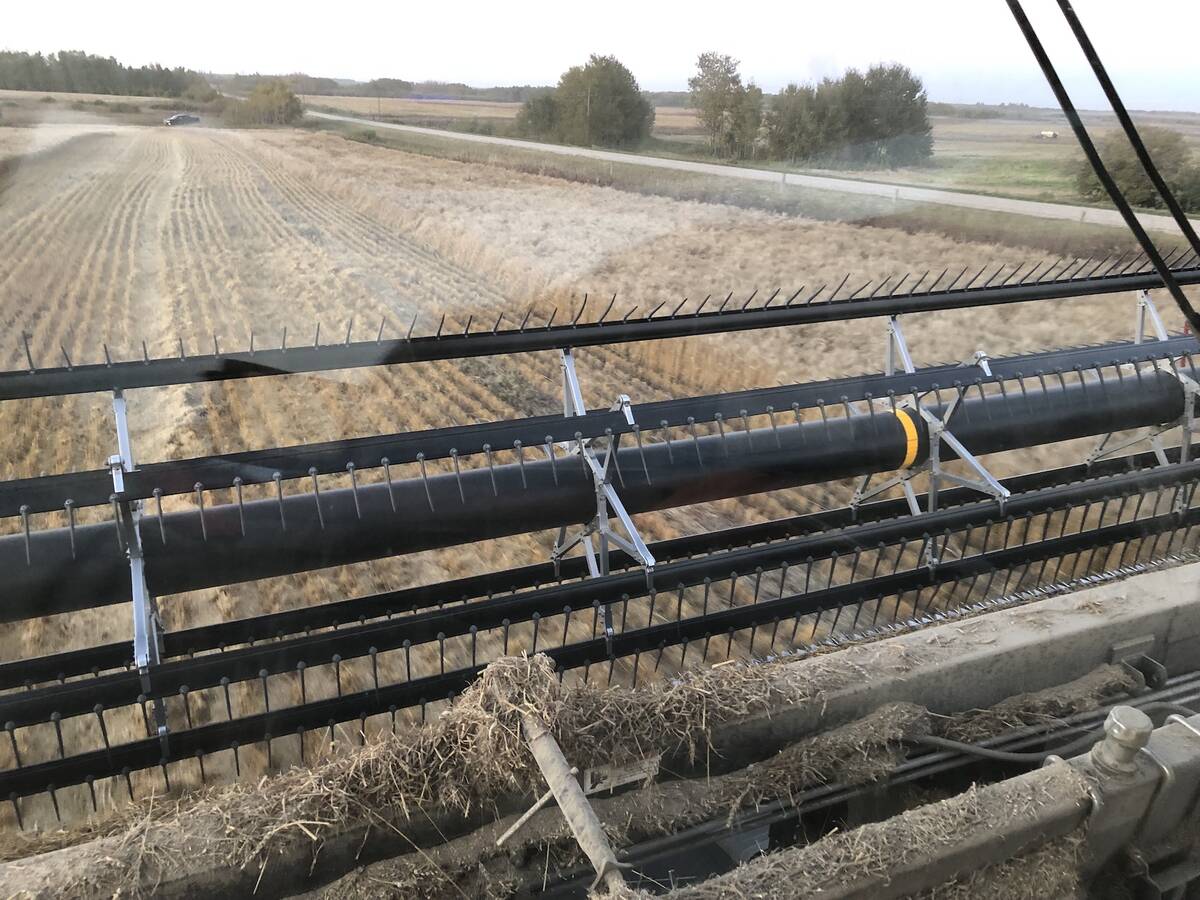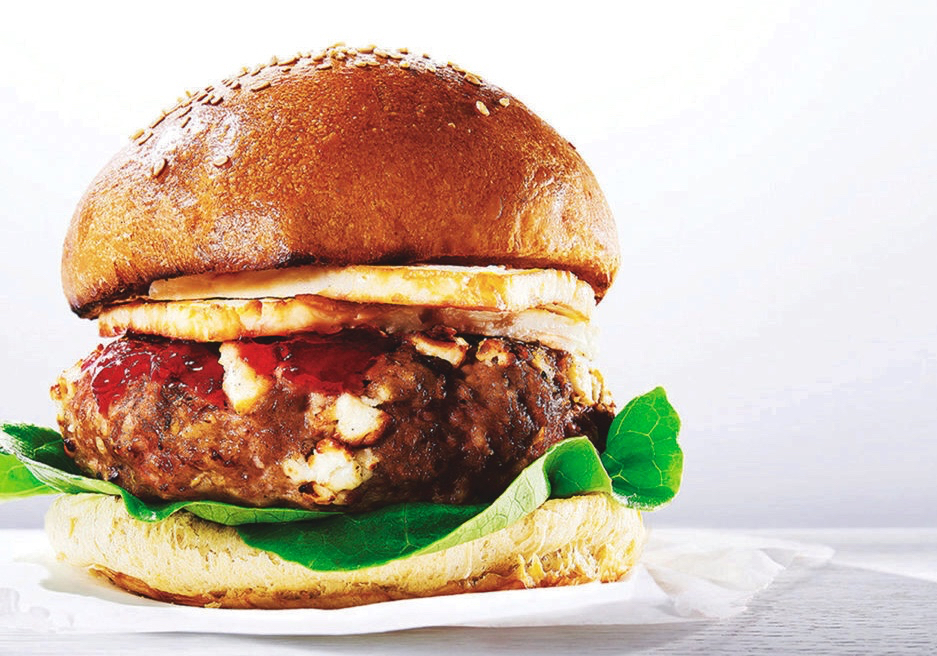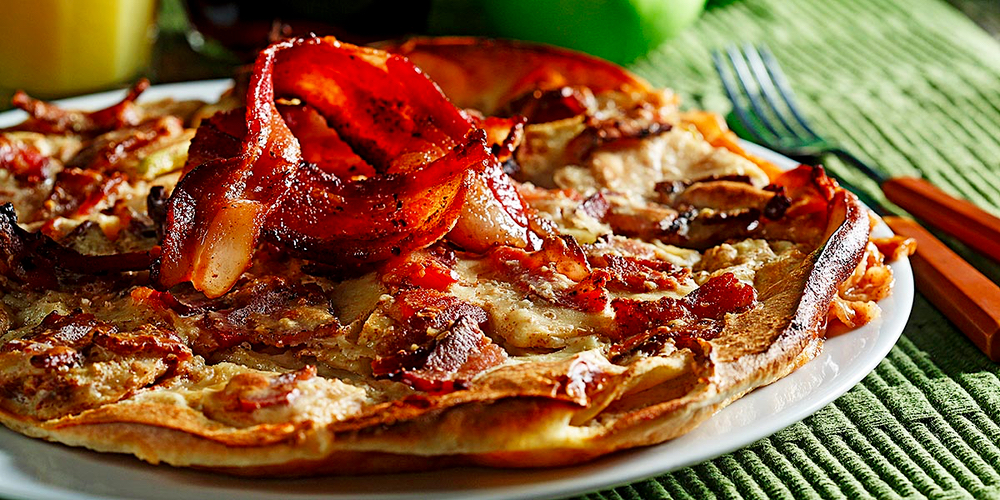When preparing a frozen dinner in the microwave, you will see that the directions always include a final statement such as, “Let stand two minutes in microwave.” This is followed by, “Carefully remove as product will be hot.” Yes, the product is hot, so the directive to let stand in microwave is a personal safety guideline to prevent a steam burn. But following the directive to let stand in microwave for a specified amount of time is a key microwave food safety practice.
Microwaves cause water, fat and sugar molecules to vibrate 2.5 million times per second, producing heat. After the microwave is off or food is removed from the oven, the molecules continue to generate heat as they come to a standstill. This additional cooking after the microwave turns off is called standing time. It occurs for a longer time in dense foods like meat than in less dense foods like breads, vegetables and fruits. During this time, the temperature of food can increase several degrees.
Read Also

The poetic epic of Manitoba farming 2025
Former Manitoba Co-operator editor John Morriss returns for his yearly poetic sum up of the farming year and look ahead into 2026.
Standing time is important for food safety. This additional cooking time allows the temperature of the food to increase to reach the recommended safe minimum internal temperature, which ensures the food is thoroughly cooked and reduces the risk of foodborne illness.
To ensure a safe dinner, always follow the frozen dinner package preparation directions. Better yet, plan to use a food thermometer to verify that the food has reached a safe internal temperature. Allow the recommended standing time, which completes the cooking, before checking the thickest area of the food with a food thermometer. Do not leave the thermometer in the food during microwaving.
– Deb Botzek-Linn is a food science educator with the University of Minnesota Extension.














